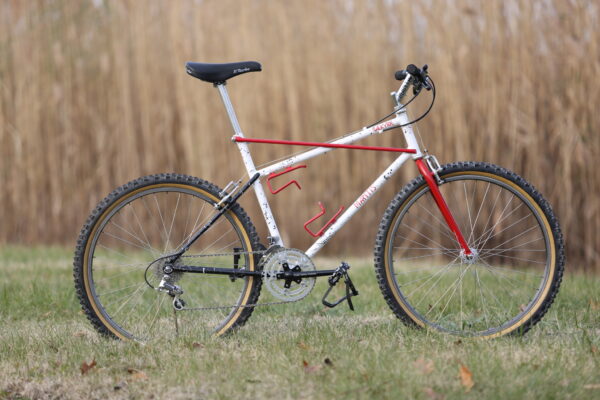
This writeup has been a long time coming. This is my second Mantis X and as luck would have it much closer if not exactly my size. I got my first X (featured on the Mantis page) in 2014 and although a touch too small it quickly became one of my favorite bikes. Not only is the X (or non-elevated Valkyrie) an amazing looking design (it can be polarizing) it is really a fabulous bike to ride. Given that there were 20 or so of these ever made I figured the odds of finding one in my size would be difficult. However in 2019 a fellow collector reached out and said he had a 21″ and was actually looking for a 20″. So we struck up a trade and I ended up with this bike, pictured below in original condition.
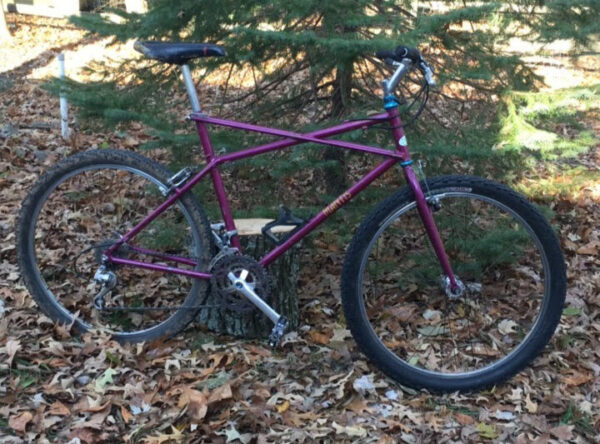
While the bike didn’t need restoration I really liked having dual Roller Cam brakes and this bike had cantilever mounts on the fork. Upon trying to modify the fork to support RC mounts it turned out the fork was damaged out of alignment and would not accommodate the tight alignment required to run WTB RCs. Given how rare Mantis forks are I thought I’d be stuck for a while. Luckily Steve Garro of Coconino cycles fame offered to make me a Mantis replica fork using a pair of original blades he had left over. A couple years later I managed to find the correct Mantis fork and swapped it for the Coconino fork, but Steve definitely saved my bacon with the initial build.
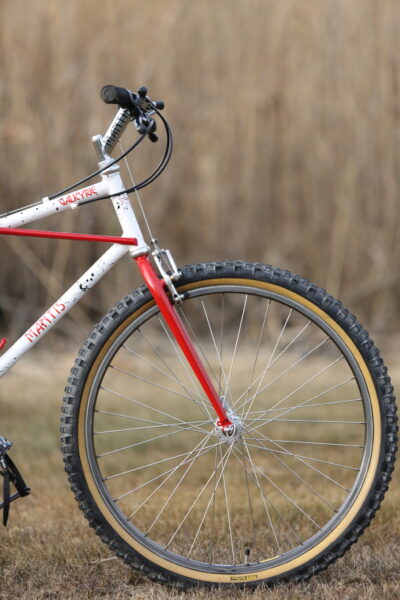
This particular bike (S/N V2101) is an early X (given they were only made for 4-5 years and in such low quantities that’s not saying much. That being said it has a few characteristics typical of early Xs vs a couple that were made after the elevated Valkyrie launched in 1989 and a couple features that are quite unique to this particular frame. I’ve had five of the 20 or so X/Valkyries ever made in the shop and feel like I have a pretty good grasp on the evolution of the concept. This frame slots in pretty neatly in between the prototype and the 20″ frame I traded to get it. The main differences among the variants of X/Valkyrie are 1) style of ends of laterals at the head tube 2) rear dropout type 3) cable stops on the top tube and 4) cable routing for the front derailleur. I’ll highlight those details in the next sequence of photos.
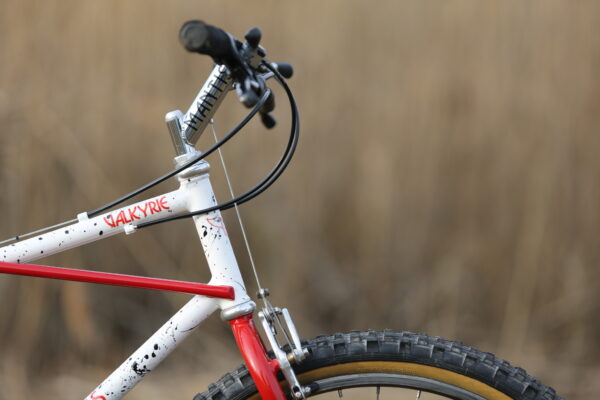
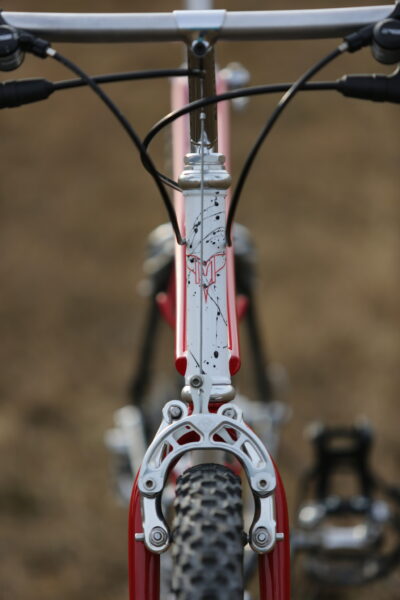
The first and possibly most striking, though in the grand scheme of things it’s a small feature on an otherwise bold design like this are the scalloped ends of the twin laterals where they join the head tube. I have documented around 16 of the possible20 frames known to have been built and all but four of them have the scalloped design. Though all of the elevated Valkyries I’ve ever seen have the later more shaped style of end shown below.
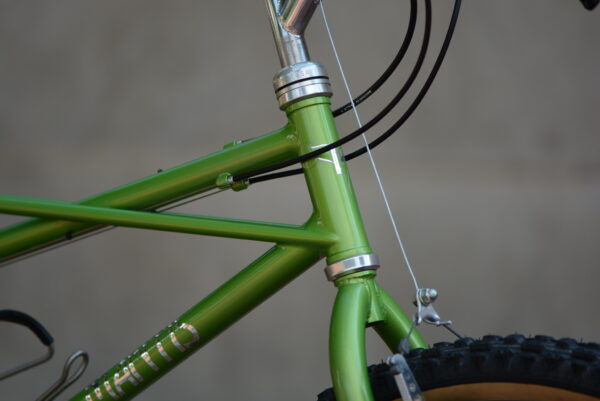

Next up is the style of rear dropout. The early frames have solid rear dropouts while later frame feature a small window or cutout in the dropout. Based on the registry I’ve compiled only four out of the 16 documented bikes have solid dropouts while the rest all have windows. I believe that the early bikes have solid dropouts (except Eddie Reys race bike which is an 87 and has a window) and as that is what’s on the prototype, but RC may have just used what he had on hand. That being said all elevated Valkyries have dropouts with windows, so that does point to the window dropout being a feature on later frames.
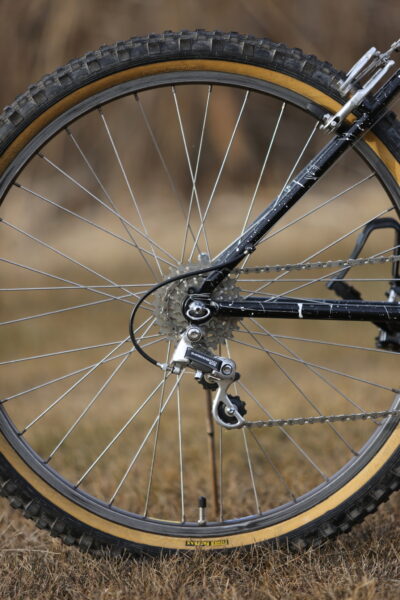
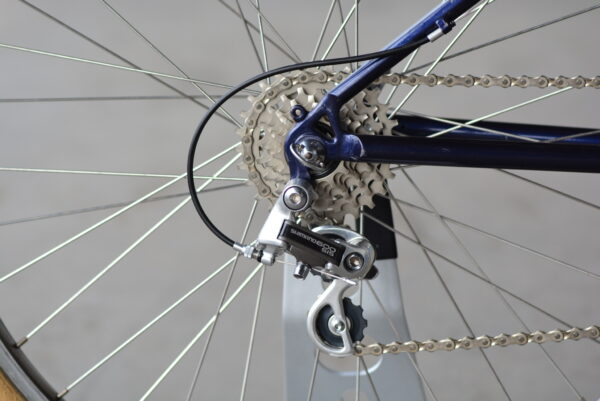
The location of the top tube cable stops is a subtle difference among the frames, and to be honest not something I’d normally pay attention to. That being said I noticed it was different when compared the frames and so now I feel compelled to share it with you. Really it’s the location of the rear brake cable stop on the top tube that changed. The prototype had it in the middle, right where the laterals cross the top tube (ass see in the photo below)
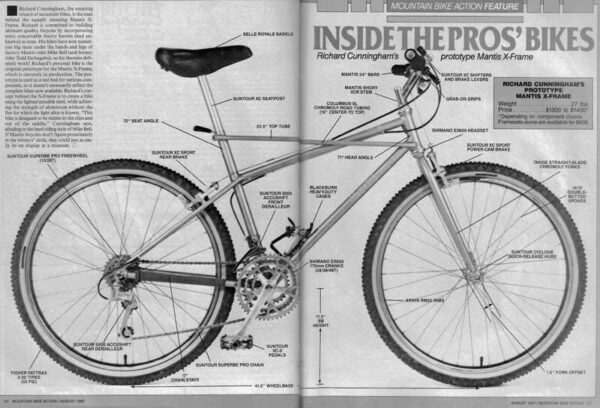
Eddie Rea’s 1987 has it a bit more forward of the center of the top tube, as show in the photo below.
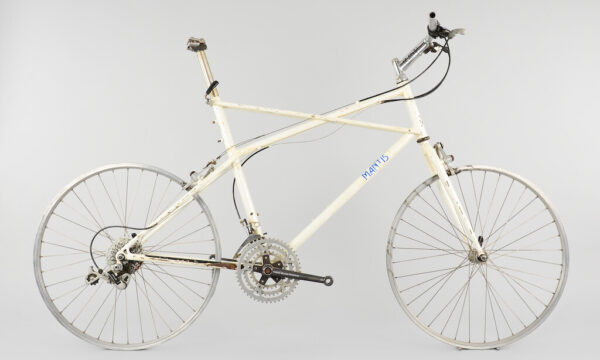
My 1987 has the stop a bit more forward, but still aft of the derailleur stops mounted under the top tube.
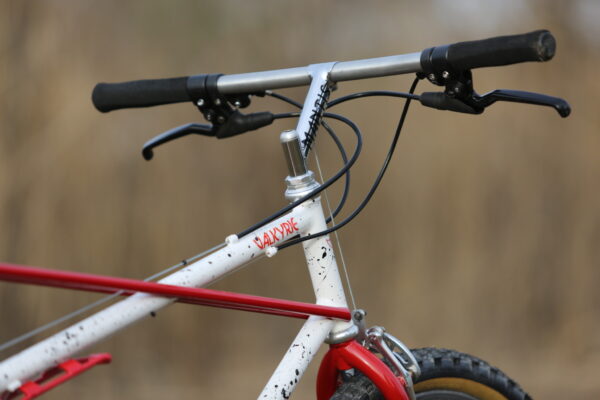
My old 20″ has the stops aligned together in what I think is actually the most pleasing layout. Also this keeps the housing a respectable length whereas moving the stop aft makes the housing longer running kind of awkwardly along the top tube.
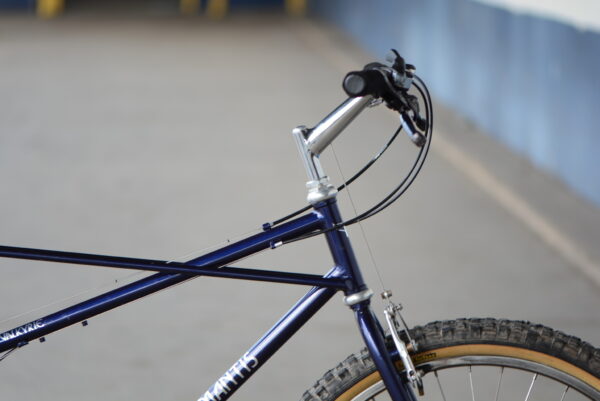
The final detail I want to highlight is the cable routing for the front derailleur. Aside from this frame here all of the other non-elevated X/Valkyries utilize housing actuated front derailleur routing. This one frame has a formed tube routing the cable from the top tube down to the seat tube and then a pulley at the bottom to enable the use a bottom pull front derailleur. While I’ve seen this on later elevated Valkyries, no other non-elevated frame has this. The pulley is mounted on the back of the seat tube using a braze-on mount, like on many other frames of the era. It’s worth pointing out that the prototype X has this same braze-on however it does not have a cable guide meaning the braze-on is where the cable for the front derailleur was anchored, later frames moved this to underneath the BB shell right been the chainstays. Also, this frame and the prototype have a true braze on for a cable anchor whereas the later frame simply have a tapped hole in the BB, likely because the BB shell is thicker and didn’t need reinforced mount like a seat tube. RC once said that he went to a pulley when Shimano increased the stiffness of their front derailleurs. So, it’s likely that this frame went back in for some updates and had the housing stop removed and the curved cable guide added along with a pulley.
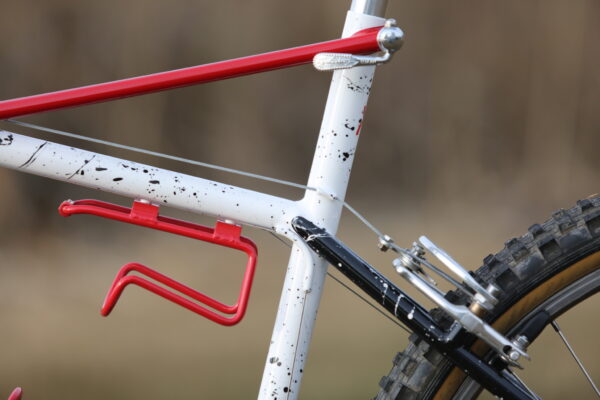
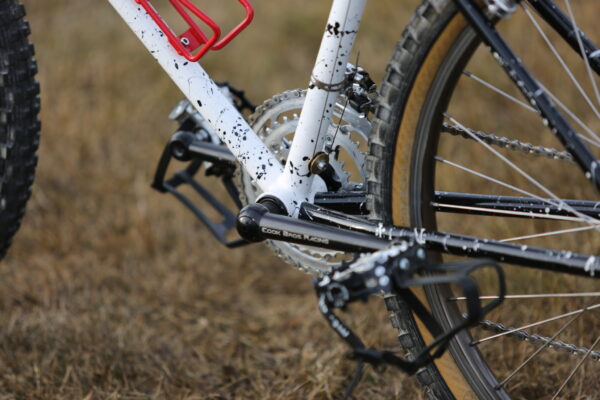
This particular frame also has braze-ons for a chain anti-suck plate which is unique among the other 4 Xs I’ve seen. So, it’s possible this bike got a couple extra touches when it was made or possibly had some updates later on. I don’t know the full history of this bike, but the previous owner claimed he bought it from Dan Diaz who was a former Mantis racer. I recall talking to Dan about this and he didn’t have any firm recollection, but did race on an X at one point in time. Like his XCR this bike originally came with under bar mounted thumbshifters, but again anyone could have done that. I don’t think this bike was built for Dan, as his other bike had a personalized serial number and this one is not. So, the original history is lost, but it’s still an interesting bike with some cool details.
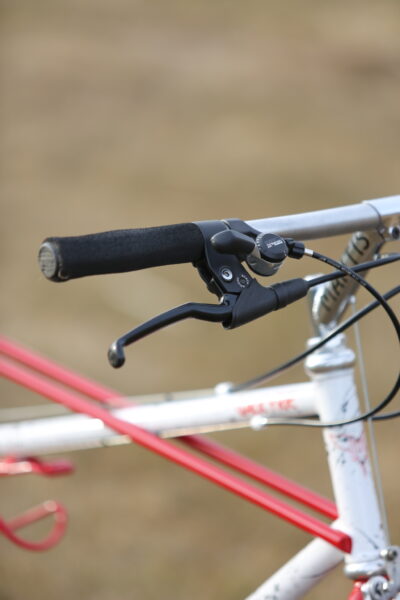
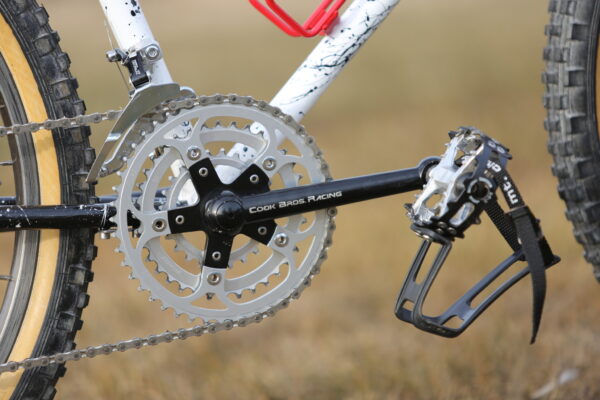
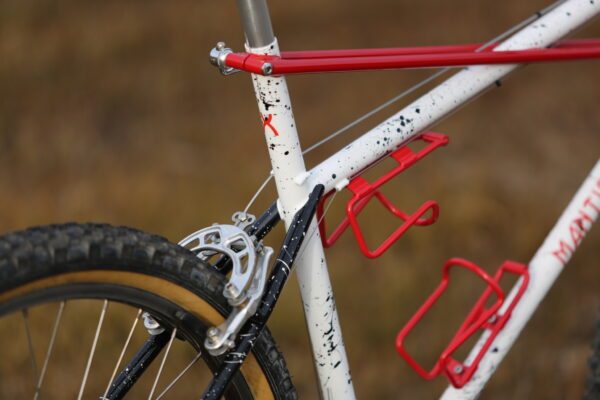
Running a Toggle Cam rear brake dramatically improved rear brake performance as you don’t need to deal with the funky routing around the seat tube to actuate a center pulled Roller Cam variety of the Speedmaster brake. I worked this out on my previous bike and it was a game changer.
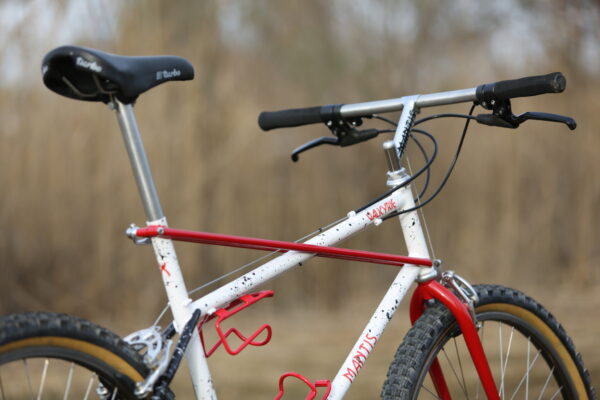
For the build I more or less replicated the the setup on my previous bike with a couple small changes. The main difference from the previous bike is the cockpit. I managed to score an original Mantis stem and extra wide handlebar in place of the Gecko stem and Cook Bros Titanium bar I ran previously. Otherwise the build features a pair of Cook Brothers cranks and bottom bracket, IRD post show in these photos (swapped for WTB FASP later), and WTB Speedmaster Roller Cam and Toggle Cam brakes. The controls are Shimano M730 XT, running an XT front derailleur and a 600ex short cage rear for that sporty look.
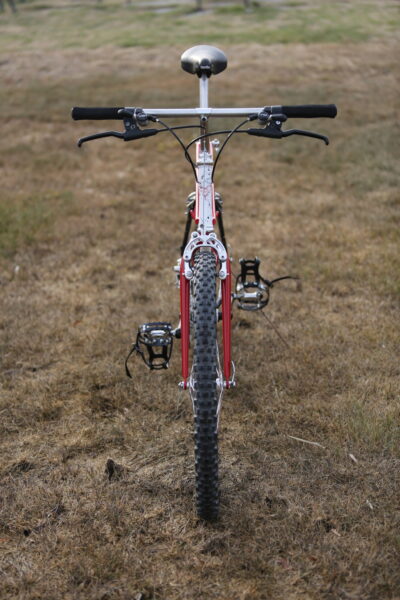
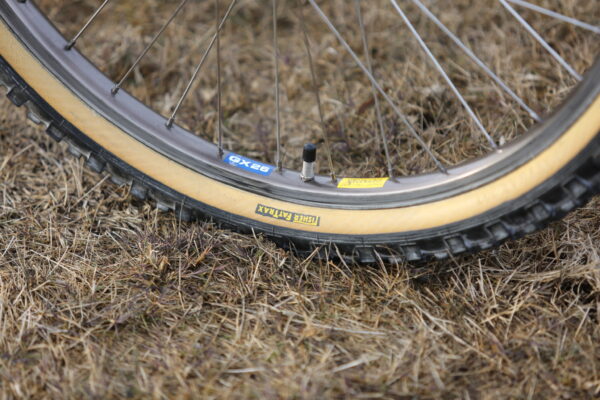
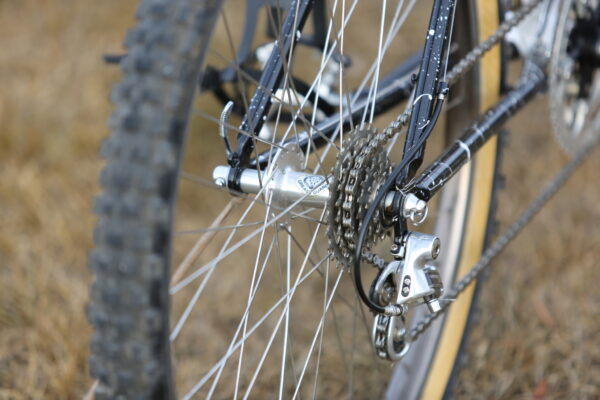
WTB Grease Guard hubs are some of the classiest in the biz and fit the build quite nicely, not to mention they work damn well.
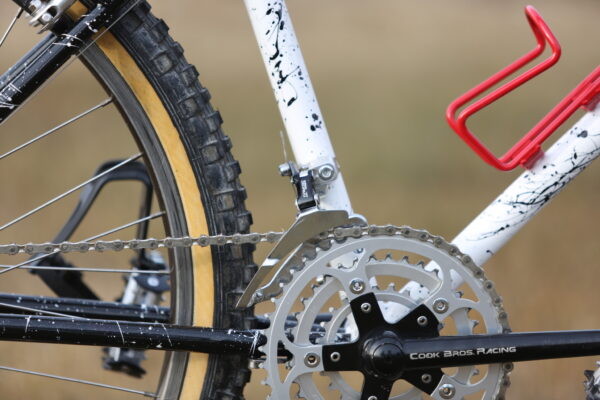
You can just make out the chain anti suck plate behind the cranks in the above photo. Cook Bros Racing cranks are about as iconic as you can get on an 80s bike and this early , small script pair took me a while to find.
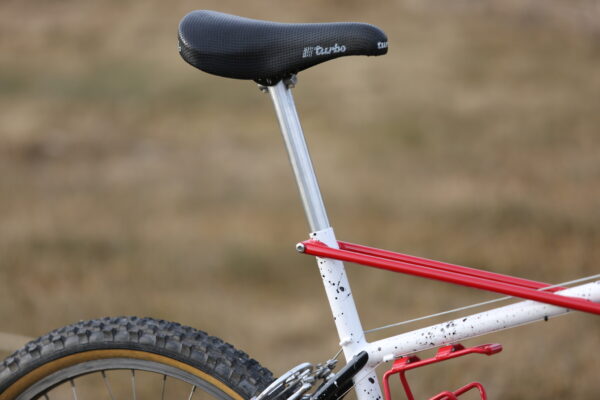
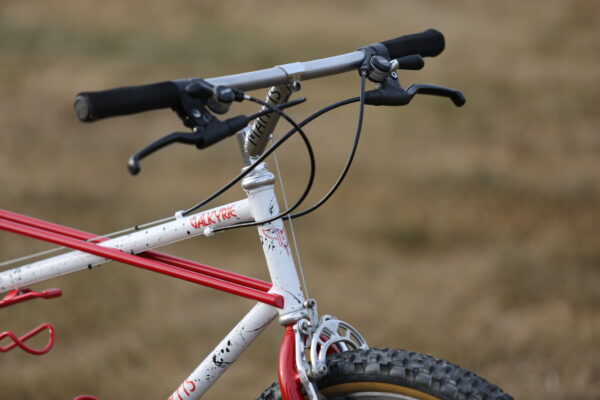
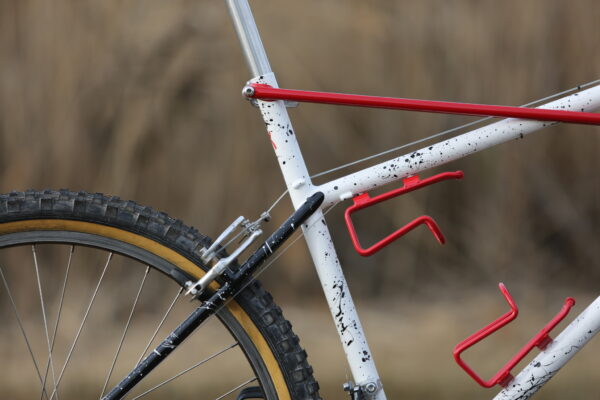
Like I said earlier, this frame design is somewhat polarizing. A lot of people who love classic, fillet brazed NorCal bikes frown on this design, calling it too busy. While I do appreciate the craftsmanship of fillet brazed bikes like Ritchey or Potts, I really like the unfilled fillets of the X and some early Salsas and Geckos. It’s a strong nod to the frame builders ability and in my humble opinion results in a cleaner look. I personally don’t love the overly styled, or fat looking filed fillets of other builders and tend to stay away from those bikes for my personal collection.
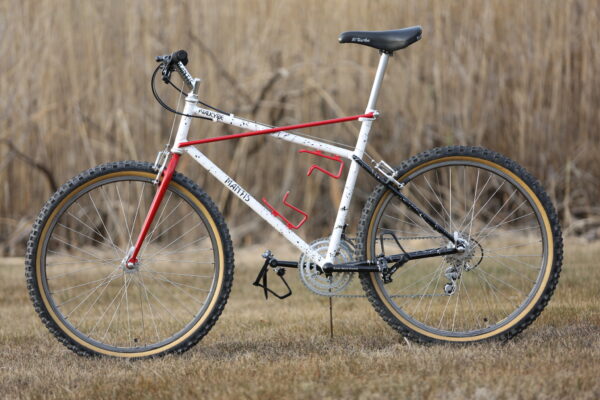
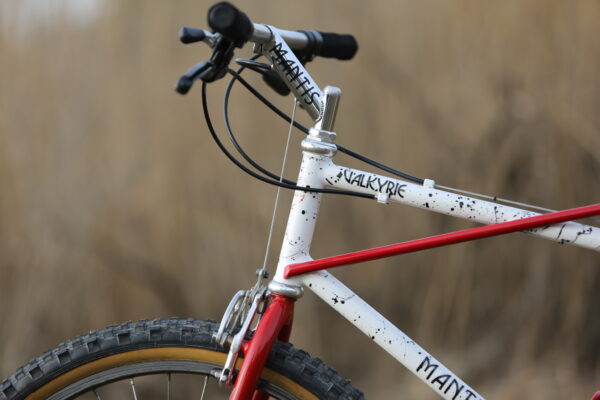
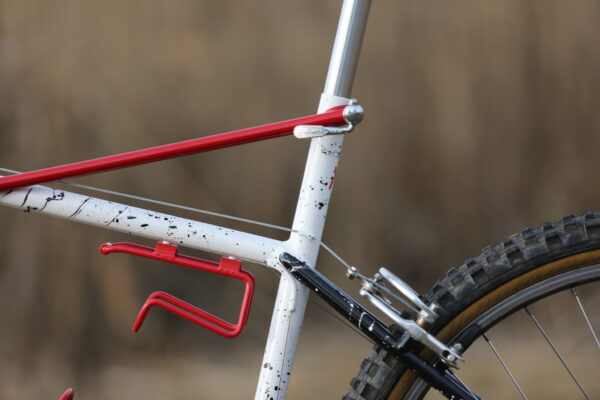
I will do a more comprehensive ride review with some updates photos in another post. But I will say this about the X, and really most of the late 80s and early 90s Mantis hardtails. They are all very snappy handlers, that is truly their defining characteristic. All of these bikes have extremely short wheelbases and relatively steep angles with pretty stiff forks. I’m pretty sure I said this before but this isn’t a bike that you can ride fast and not pay attention. It takes a while to get used to it, but once you get a feel for the handling and the way it reacts it’s a fantastic. Nowadays I can go months without pulling the X down and then go out for a ride and the feel for the bike comes back quickly. I mean it is a hardtail, not like there is some trick to it or whatever. It just feels good and makes you want to go.
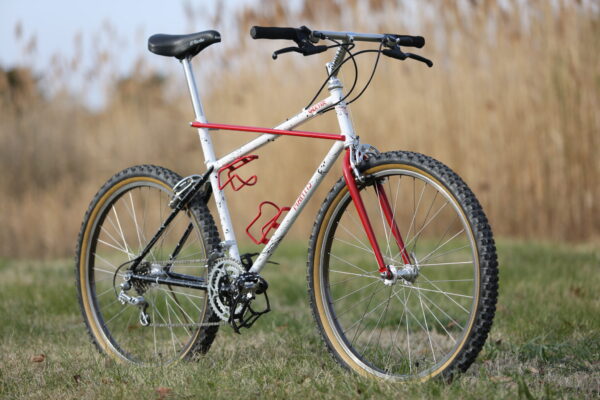
Completed Projects:
Current Projects:
Newsletter sign up:
Subscribe to our newsletter to receive info on our latest projects and new podcast releases
